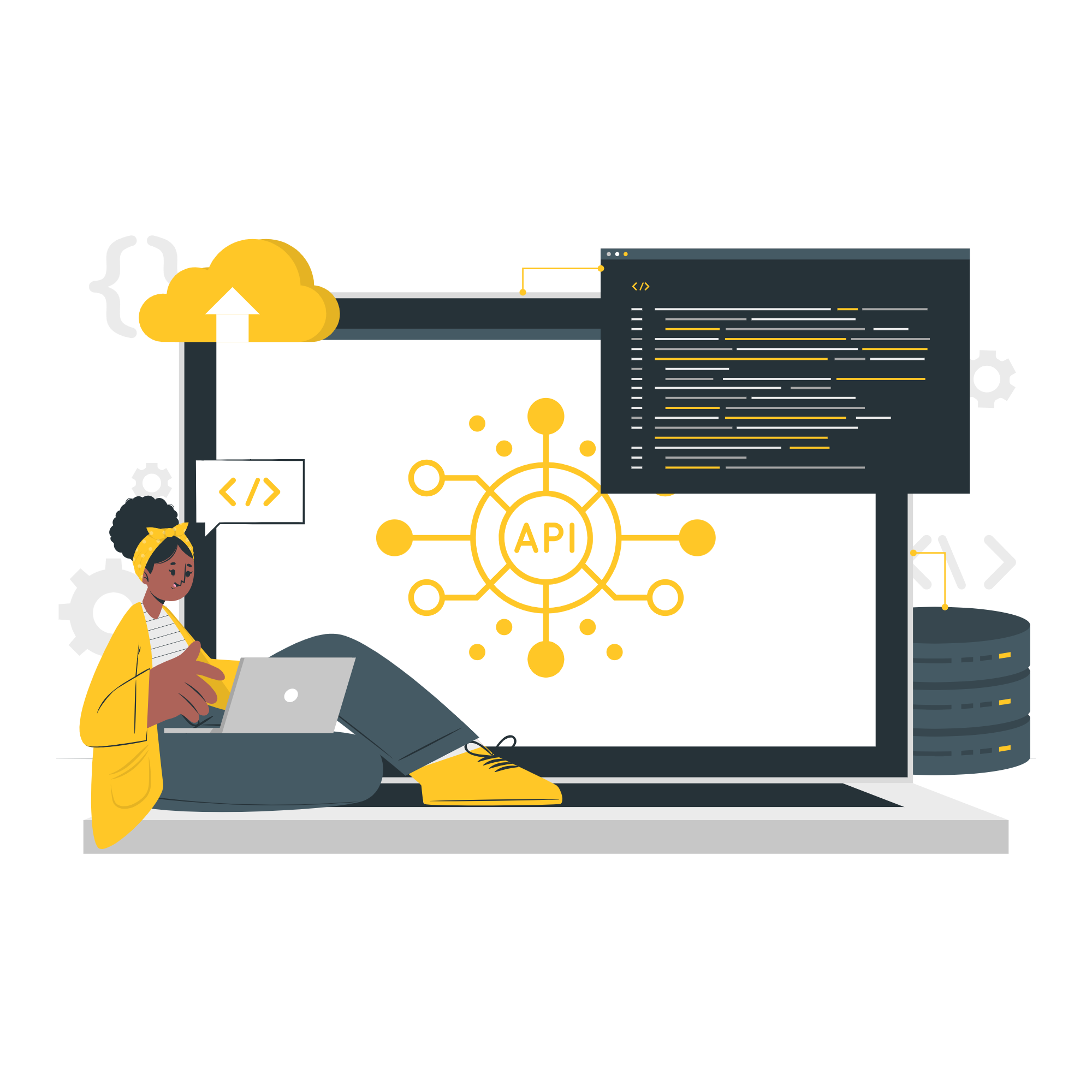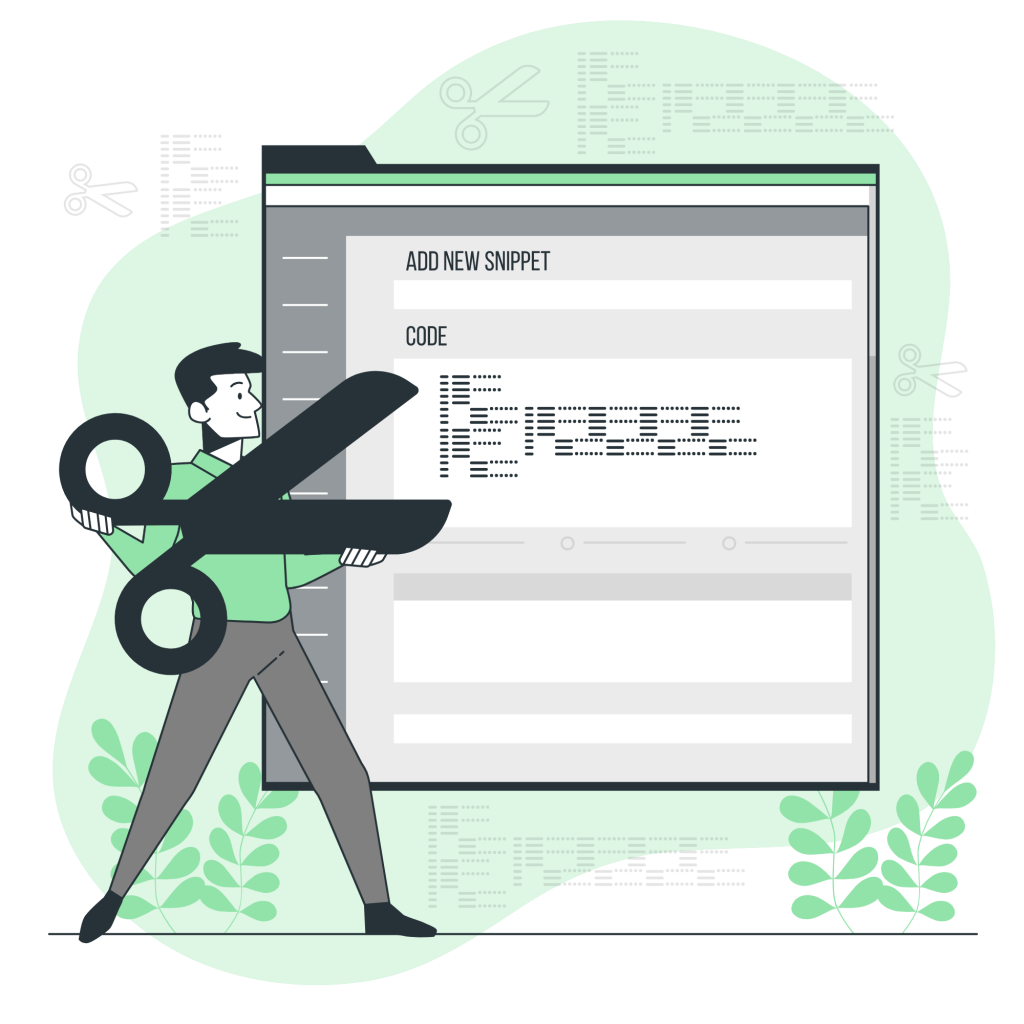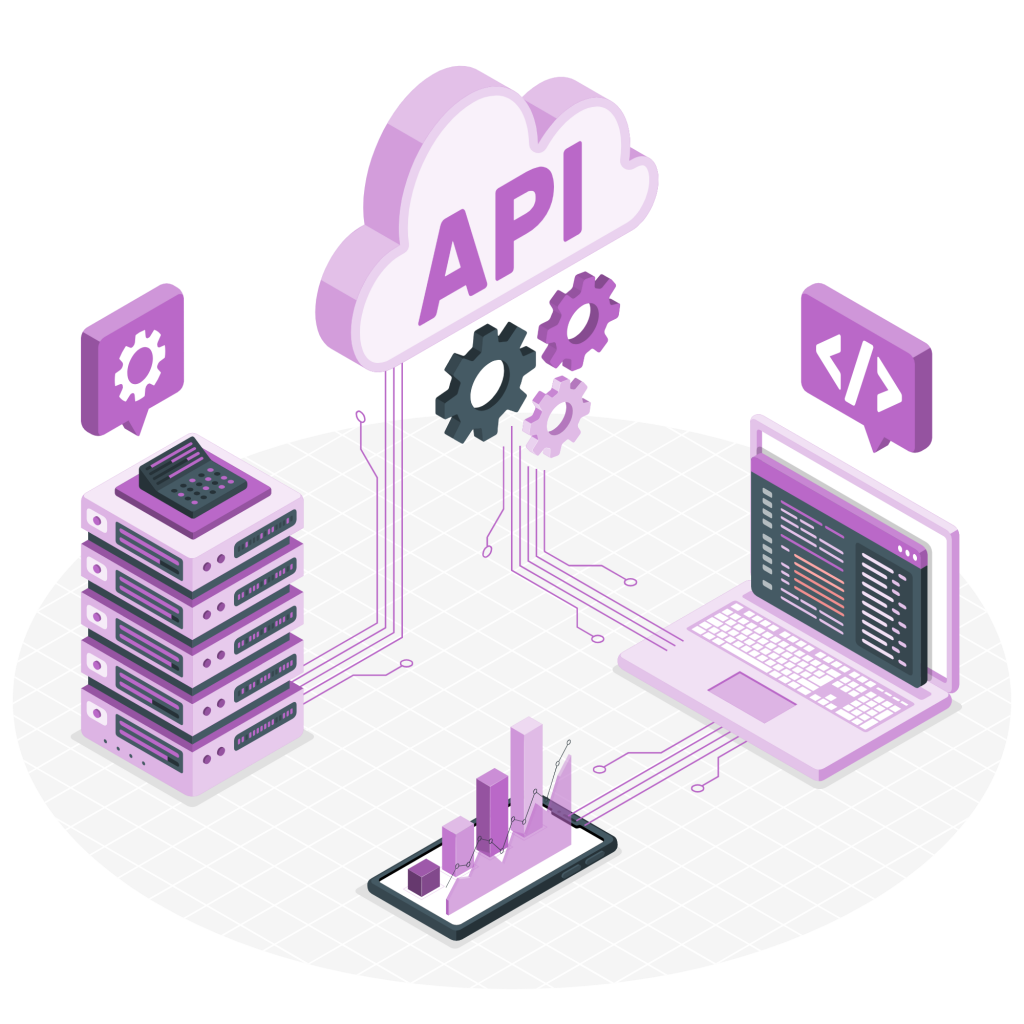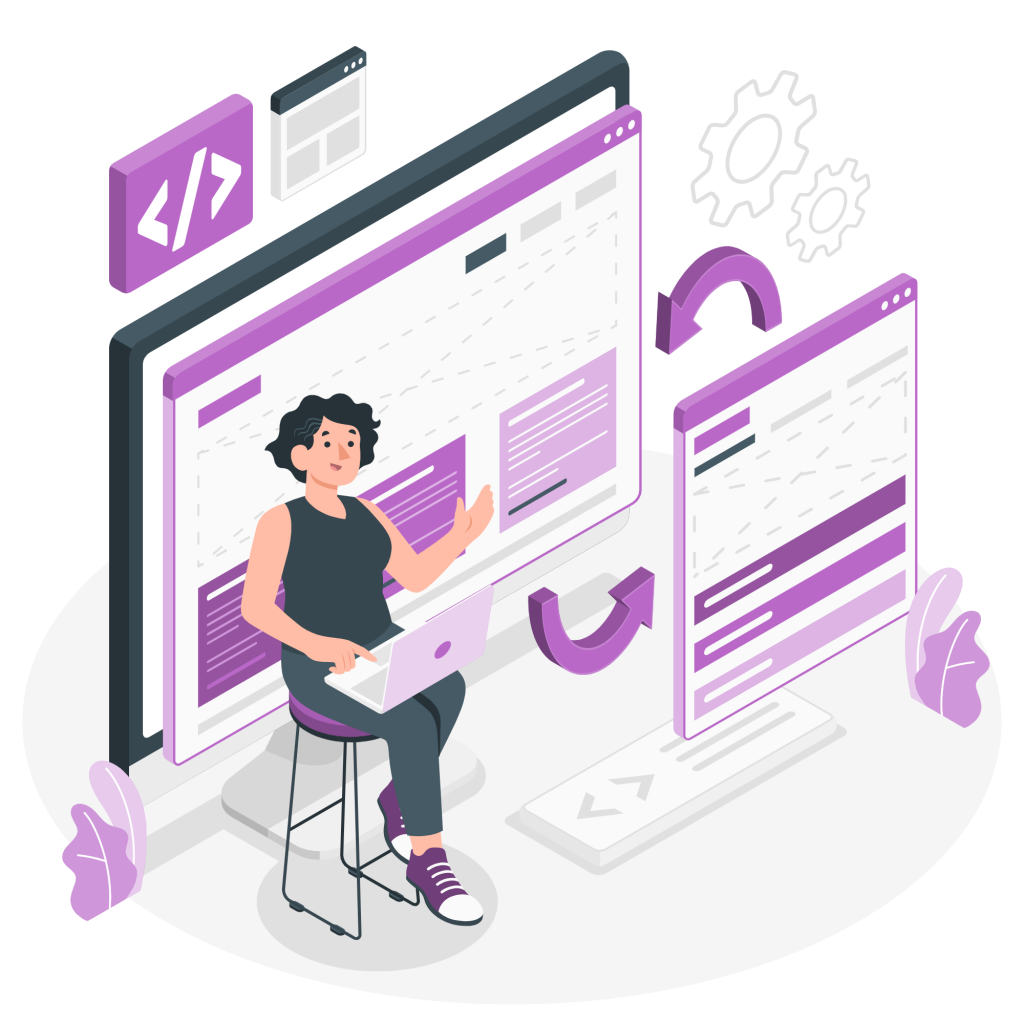Android Development
Introduction
Android app development is the process of creating and developing applications for Android-powered devices. Android apps are written in the Java programming language and are compiled into bytecode that can be run on the Java Virtual Machine (JVM).
Android app development can be done using a variety of tools and IDEs, including Android Studio, Eclipse, and IntelliJ IDEA. Android Studio is the official IDE for Android development and is recommended by Google.
The Android app development process typically involves the following steps:
Planning and design:
As a teacher, I understand the importance of meticulous planning and thoughtful design in creating effective learning experiences for my students. Planning involves setting clear objectives, identifying the needs and abilities of my students, and developing a comprehensive strategy to achieve learning goals. It’s about considering factors like lesson content, teaching methods, and assessment approaches to ensure that each lesson is engaging, meaningful, and aligned with curriculum standards. Similarly, design plays a crucial role in crafting engaging and accessible learning materials.
Development:
This step involves coding the app using the Java programming language.
Testing:
During the testing phase of software development, I put into practice the principles of planning and design to ensure the effectiveness and reliability of the product. Testing is all about systematically examining the software to uncover any issues or glitches before it reaches the end-users. As a tester, I meticulously follow the test cases outlined in the planning phase, keeping in mind the detailed specifications and requirements set during the design phase. By doing so, I verify that the software operates as intended, meets the needs of its users, and adheres to industry standards. This approach allows me to thoroughly assess the functionality, usability, and performance of the software across various scenarios and usage situations.
Deployment:
This step involves making the app available to users through the Google Play Store. Android app development is a complex and challenging process, but it can be a rewarding experience. If you are interested in developing Android apps, there are many resources available to help you get started


Here are some of the benefits of Android app development:
Android app development offers a plethora of advantages for developers venturing into the mobile app space. Firstly, the sheer size of the Android user base presents an incredible opportunity to reach millions of users globally. Additionally, Android’s open-source nature provides developers with access to a vast array of resources and tools, fostering innovation and collaboration within the developer community. With flexibility being a key feature, developers have the freedom to choose from a variety of development tools, languages, and frameworks to suit their project needs. Furthermore, Android’s multiple distribution channels, including the Google Play Store and third-party app stores, offer developers diverse avenues to showcase their apps and increase visibility. Monetization opportunities abound with options such as in-app purchases, subscriptions, and advertising, allowing developers to generate revenue from their creations.
Diversity of Devices:
Android’s versatility is one of its most significant advantages. Developers must design applications that work seamlessly on a wide range of devices, from smartphones and tablets to wearables, smart TVs, and even in-car systems. This diversity challenges developers to ensure compatibility and optimal performance across various screen sizes, resolutions, and hardware specifications.


Programming Languages:
As a leader in this field, I often find myself explaining complex concepts to others, including topics such as programming languages. I explain that programming languages act as a bridge between humans and computers, allowing us to communicate our instructions to machines in a way they can understand and execute. From high-level languages like Python and Java, which offer simplicity and readability, to low-level languages like C and assembly language, which provide deeper control over hardware resources, each language has its unique strengths and applications. I also highlight the importance of staying updated with the latest languages and frameworks, as the programming landscape is constantly evolving to meet the demands of emerging technologies and industry trends.
Development Tools:
Android Studio, the official integrated development environment (IDE) for Android, provides a robust set of tools to streamline the development process. It offers features like an intuitive user interface designer, real-time code analysis, debugging, and a wide range of libraries and templates to accelerate app development.


User Interface (UI) Design:
Creating an appealing and intuitive user interface is crucial in Android development. Design principles like Material Design guide developers in crafting visually pleasing and user-friendly apps. Implementing responsive layouts, animations, and adaptive design ensures a consistent and enjoyable user experience across devices.
App Distribution:
After development, getting your app into the hands of users is essential. Google Play Store is the primary distribution platform for Android apps, where developers can publish their creations. Understanding the app submission process, adhering to quality guidelines, and optimizing app metadata are critical for visibility and downloads.
